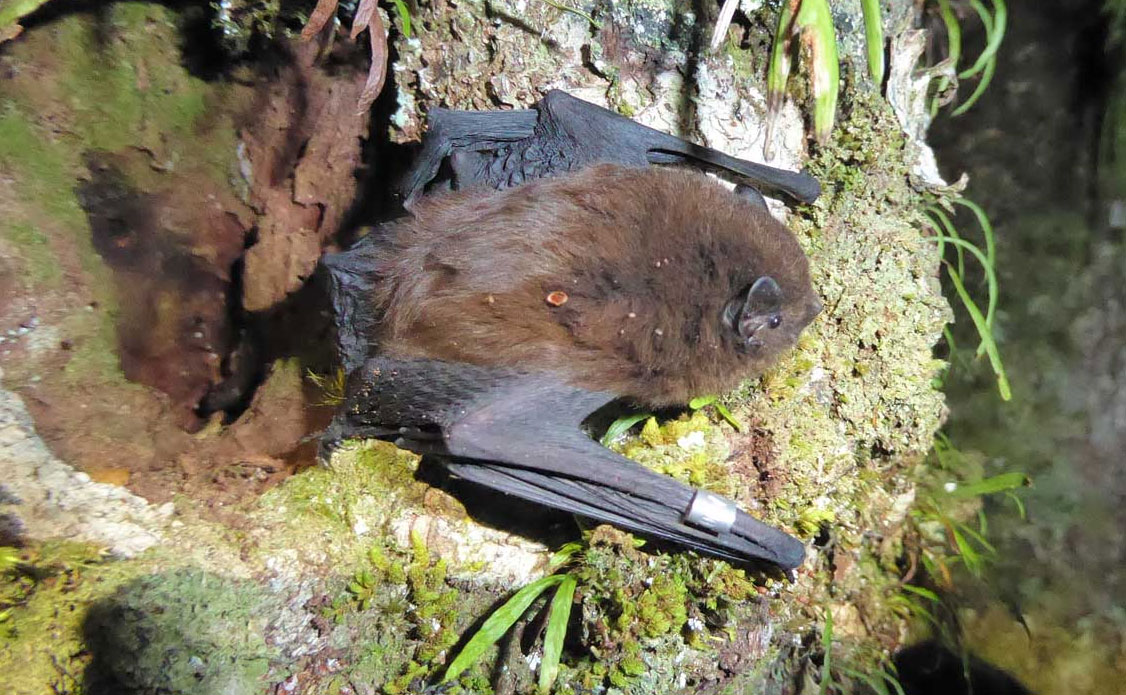Behold the backyard bat
14 Nov 2022, 11:01 AM
They are New Zealand’s only native land mammal and ruffled feathers by infamously taking out the Bird of the Year title in 2021. Now an exciting local discovery of the Pekapeka tou roa (Long-tailed bat/Chalinolobus tuberculatus) means they might already be visiting backyards near Whangārei.
The nationally critical long-tailed bat was recorded during a Northland Regional Council (NRC) species inventory and biodiversity values assessment of Tāika forest (also known as Mount Tiger) which contains a wide variety of indigenous flora and fauna.
Prior to this, the only other known presence of the unique native bat in Northland, which despite its ‘long-tailed’ name only has a body the size of a thumb, was Puketi, Pukenui and Otaika forests with historical records in Glenbervie. The discovery has NRC Biodiversity Advisor Loren Carr “fizzing.”
“Long-tailed bats face predation from rats, stoats, possums and cats because they choose to nest in the cavities of older trees up to 17 metres off the ground. They're nocturnal and make their homes in large old growth trees such as Totara, Puriri and Kauri and even the old grand-daddy pine tree if they’re available.
“Tāika forest provides a favourable habitat for long-tailed bats. They use the streams to drink and eat insects and skillfully also use these, as well as walking tracks, as a ‘flying highway’ to move around the forest.”
Ms Carr hopes the local discovery will raise awareness of the endangered mammals and encourages anyone in the community who thinks they may have spotted them to call the NRC on 0800 002 004.
She says the NRC has been involved with pest control in the forest in the past and this is planned to increase now we know this taonga species is present.
“The best time to spot the bats is on dusk. They can easily be mistaken for a Welcome swallow so people have to look closely! Many properties on the city fringe with native bush or pines on site may just be providing a habitat for these furry friends without realising.
The Tāika forest report also details two other significant scientific discoveries: A brand new species of ‘at risk and naturally uncommon’ Mayfly and a Peripatus which is more commonly known as velvet worm – a type of species unchanged for 500 million years.
The forest is 520 hectares in size with 320ha planted in Pinus radiata and the other 160ha containing high value native bush.

Pekapeka tou roa (NZ Long-tailed bat/Chalinolobus tuberculatus) – photo credit Colin O’Donnell, DOC.
